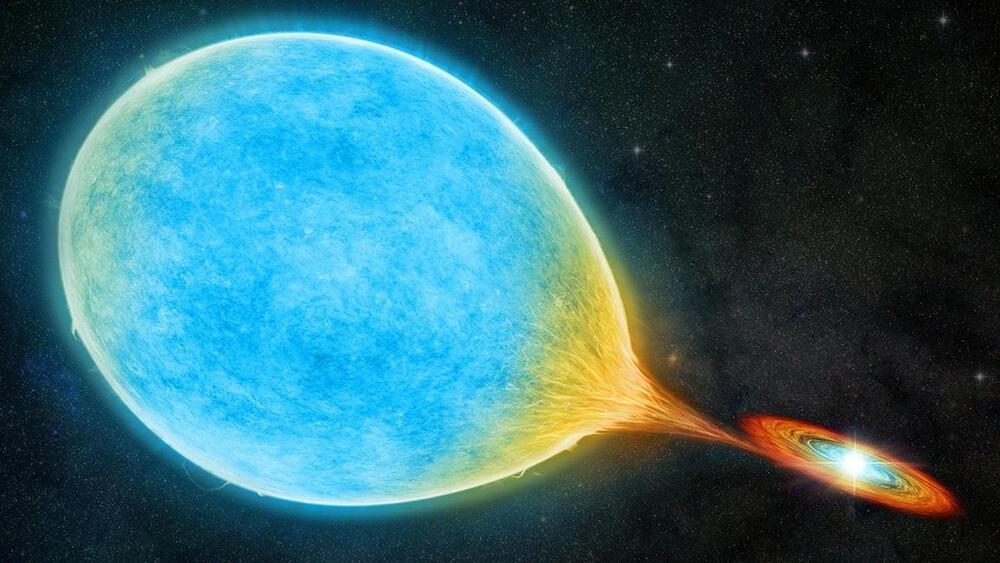
Get the latest international news and world events from around the world.




Longtermism: The Future Is Vast—What Does This Mean for Our Own Life?
The fact that our actions have an impact on the large number of people who will live after us should matter for how we think about our own lives. Those who ask themselves what they can do to act responsibly towards those who will live in the future call themselves ‘longtermists.’ Longtermism is the ethical view that we should act in ways that reduce the risks that endanger our future, and in ways that make the long-term future go well.1
Before we look ahead, let’s look back. How many came before us? How many humans have ever lived?
It is not possible to answer this question precisely, but demographers Toshiko Kaneda and Carl Haub have tackled the question using the historical knowledge that we do have.

Elon Musk demos humanoid robot, which will cost less than $20K
CEO Elon Musk unveiled two prototypes of the Tesla robot at his company’s second annual AI Day — and while the bots are nowhere near as impressive as some of the humanoids we’ve seen before, they could have a bigger impact on the future of work.
The Tesla robot: In 2021, Tesla held its first AI Day, a livestreamed event to present its latest developments in AI hardware and software, with a focus on Tesla cars’ Autopilot system.
Near the end of the event, Tesla presented a short video of a sleek, humanoid robot — and then a person dressed like the robot walked onto the stage and broke into dance.

Russian nuclear submarine armed with ‘doomsday’ weapon disappears from Arctic harbor: report
Is this a sign of nuclear escalation?
A top-of-the-line Russian nuclear-powered submarine has gone missing from its harbor in the Arctic along with its rumored “doomsday weapon,” according to multiple reports.
NATO has reportedly warned members that Russia’s Belgorod submarine no longer appeared to be operating out of its White Sea base, where it has been active since July. Officials warned that Russia may plan to test Belgorod’s “Poseidon” weapons system, a drone equipped with a nuclear bomb that Russia has claimed is capable of creating a “radioactive tsunami,” according to Italian media.
The drone can be deployed from the submarine at any time and detonated at a depth of 1 kilometer near a coastal city. Russian state media has claimed the device can create a 1,600-ft. wave that smashes into the coast and irradiates it.

The Adult Brain Can Recover Lost Vision
Summary: Administering a chemical compound called synthetic retinoids to the retina helped restore brain networks associated with vision and prompted the growth of two times more neurons, effectively restoring vision in adult mouse models of the genetic visual disorder LCA.
Source: UC Irvine.
A discovery about how some visually impaired adults could start to see offers a new vision of the brain’s possibilities.

Scientists Discover ‘Cataclysmic’ Pair of Stars That Orbit Each Other in Less Than an Hour
Scientists have discovered a pair of stars locked in an incredibly close orbit that circle each other once every 51 minutes — and according to the results of a new study, they are only going to speed up.
The universe is a chaotic place when it comes to orbital mechanics. Our solar system, when viewed in relation to the rest of the cosmos, is a little vanilla. We have our central star — the Sun — which is orbited by eight major planets that are in turn are escorted through the heavens by a plethora of moons and rings of varying levels of impressiveness.
However, astronomers have discovered that roughly half of the stellar systems in our Milky Way are actually comprised of multiple stars that are gravitationally bound to one another. The Alpha Centauri system — which is the closest neighboring stellar population to our Sun — is in fact a collection of three stars that orbit one another roughly 4 light-years from Earth.
